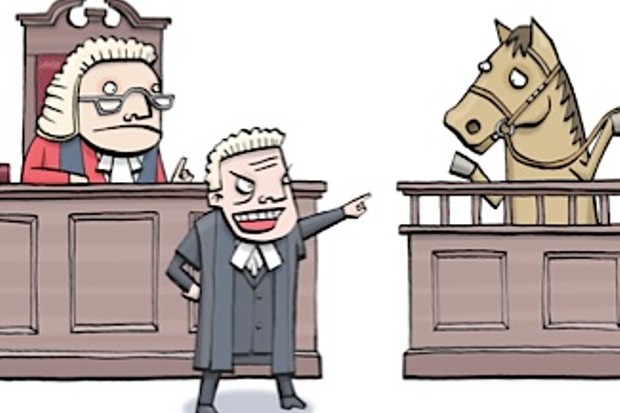13.09.2019

Find out what on earth a deodand and frankpledge is here!
In the seminal case of Saloman v A Saloman & Co Ltd, Lord Macnaghten held that once it has been incorporated, a company “is at law a different person altogether” from its shareholders. That case firmly established the cardinal principle of corporate law that a company is a separate legal individual. Modern legislation such as the Corporations Act 2001 (Cth) affirms that a corporation has all the legal powers and responsibilities of a natural person. While there are clear commercial and economic benefits as a result of the creation of the corporation, the construction of a legal artifice of ‘the legal person’ raises fundamental questions about the applicability of the criminal law to that artifice. A corporation cannot be sent to jail. It has no soul that may be damned.
Having created the legal person, when it comes to crimes, the law has focused on two key technical questions:
• When or in what circumstances will the actions of a human be attributable to the corporation? and
• How will those individuals’ actions be attributable? What is the legal test?
Lord Reid in Tesco Supermarkets Ltd v Nattrass spoke of how a corporation could act only through its agents, and so the question was to identify who was the “directing mind and will” of the corporation. But if a corporation is treated in law as a separate individual, is this the most appropriate approach to ascribing corporate criminal liability? To draw an analogy having decided that a bus is a legal person in its own right, when it comes to criminal law, the law focuses on the bus driver’s actions and thoughts to determine the bus’ culpability.
Chief Justice Bathurst, in a lecture to the Forbes Society, has traced how the modern corporation evolved out of medieval corporations, merchant guilds, and societies, into the trading companies of the seventeenth century and then into the joint stock company. Rather than looking at the history of the corporate form itself, today I will consider some medieval antecedents of corporate liability. These are the principles of deodand and frankpledge. I will suggest that these concepts give us some insights into how we conceptualise the utility or otherwise of attaching criminal liability of corporations.
Photo courtesy of Eugene Byrne, https://www.historyextra.com/period/victorian/what-is-a-deodand/
